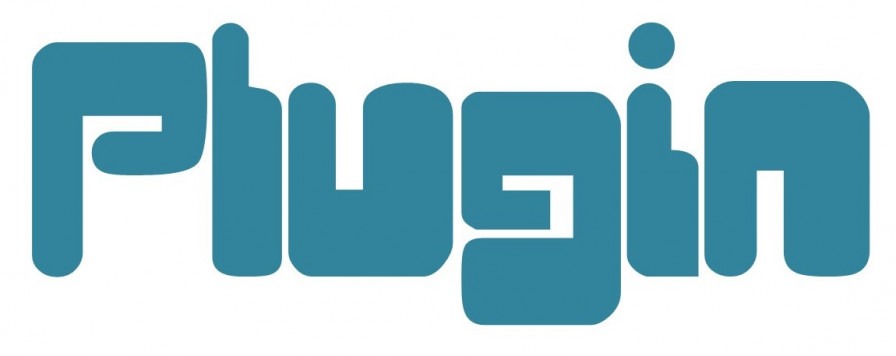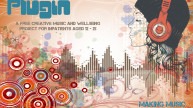Music Technology and Learning From Peers by Paul Carroll (Lead Artist on Quench Arts’ Plugin project)

Music Technology: some people love it; some people hate it. One thing it does do is easily open up a sometimes baffling choice of sounds. However I still find a guitar, some lyrics and singing more instantaneous and group-oriented when working towards a complete piece of music.
When I started working as a community musician the majority of my work came to me because I offered music sessions using Soundbeam music technology for people with physical disabilities. Soundbeam is an unusual device which, at the time I think people thought was the future of music-making. It enables people to make the kinds of sounds you get on an everyday keyboard but through movement in thin air and pressing of large buttons.
In my training I shadowed Heather Wastie, a Soundbeam specialist and through that she passed some work onto me. I also collaborated with other musicians who were also interested in the Soundbeam. Here we explored together and learnt from each other. Fortunately I had access to the instrument through my work with a local music charity Sound It Out. Then there were training courses that Soundbeam offered and trial and error on the job working in special needs settings. Eventually I bought my own Soundbeam equipment and over a few years I experimented at home and as much as possible tailored it to what I wanted it to do: enable session participants to control sound in their own individual way through improvisation and sampling.
I had some fantastic results one-to-one and delivered some fun sessions in a group situation. I continued to pick up work using Soundbeam but I began to feel that I was being employed to use Soundbeam just for its novelty value. I delivered plenty of fun workshops but never really completed many pieces of music and was always drawn back to guitar, keyboards and voice and then multi-tracking and composition using recording software.
After many hours spent with Soundbeam my new work hobby was now computer-based software. I knew a bit from my course years ago but I learnt most of what I know through experimentation and internet-based information. I didn’t necessarily solve the problem of using music technology in a group situation but I did complete lots and lots of original pieces of music this way. Once again, after a few years I found I stopped experimenting. I now felt I knew enough to use the technology in a group situation and I had learnt that for me technology is much better when it’s used with other instruments (or so I thought). In a songwriting scenario it can genuinely facilitate the creative process.
More recently I was asked to deliver a 10 week music project for a group of people who were considered profoundly disabled. Again, I got the work because of my reputation using Soundbeam. But with more experience under my belt I questioned why Soundbeam. The host organisation were open to any ideas and the participants and staff there ended up writing a song together about each individual in the group. We performed the song and incorporated percussion, guitar, bass and improvisation on Soundbeam. We also created a piece of music consisting entirely of vocal samples of members of the group from sessions where we just passed the microphone around and recorded everything. At the end of the day through this broad delivery participants were able to take part depending on their interests.
The most recent chapter of this story is beginning work on the Quench Arts Plugin project, the brief of which was to use instantaneous iPad-based apps and music technology to engage young people with or at risk of mental illness in inpatient healthcare settings. As part of the project we had some iPad training with James Stanley. I had experimented loads with iPad apps but again, they were fun but didn’t lead anywhere. James showed us that using GarageBand on the iPad you can create a piece of music with many sections and then send it to an Apple laptop to add vocals and continue with production in, to me, the more familiar environment of Logic Pro X. So, it turned out I didn’t know enough and never will. There’s always more you can learn when you listen to a peer’s different perspective.
Having said that I am still more comfortable when using iPads if there is a guitar in the room, just in case, and you will always, always find a shaky egg in my bag.


